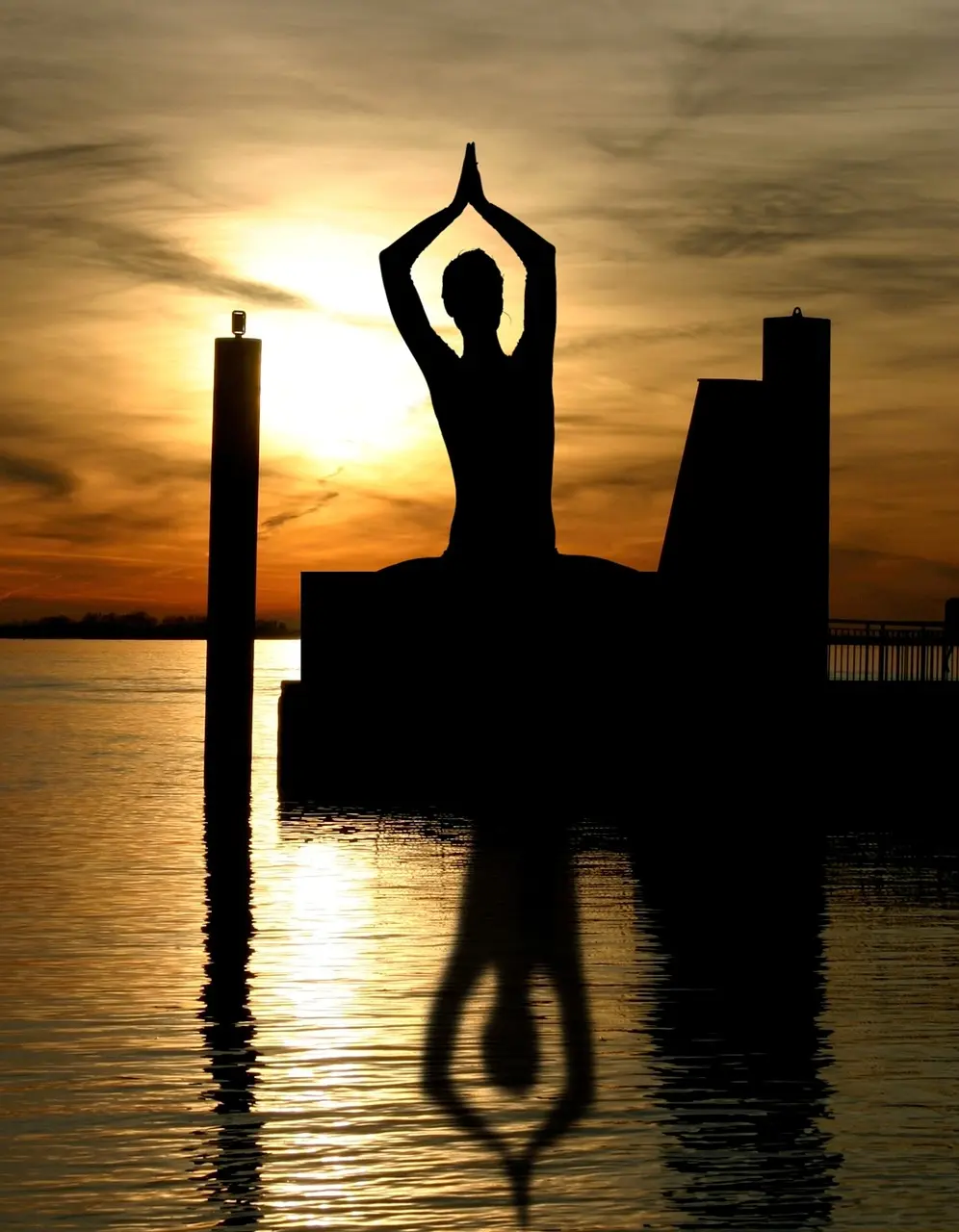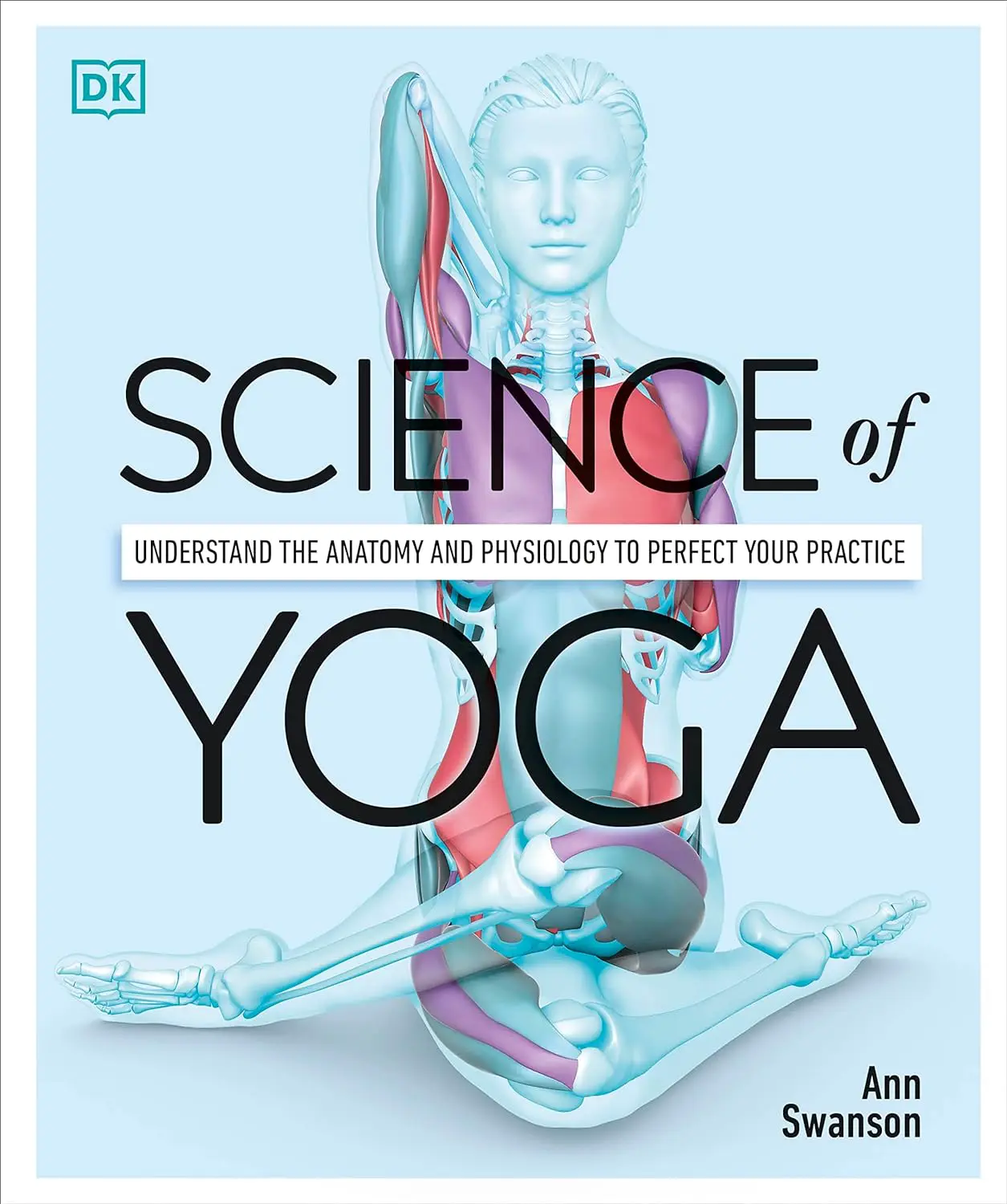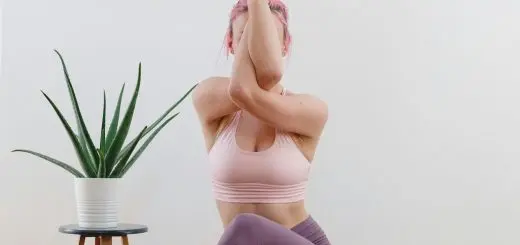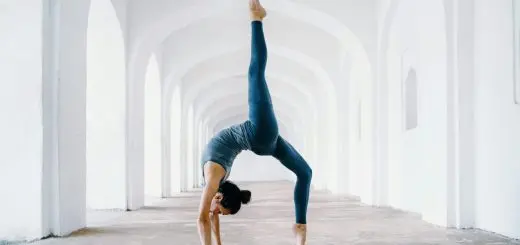Yin Yoga Primer: Slow Stretch & Release

Before diving in, please note: This post is for informational purposes only. If you’d like to know more about how we approach topics, feel free to check out our friendly Disclaimer Page.
Hey there, amazing readers! 
We’re committed to delivering quality posts, and your support (even just sticking around despite the ads) means everything to us. So, bear with us, and thanks for helping us keep the good vibes rolling. Now, on to the fun stuff!
TRANSLATE BUTTON AT THE END OF THE ARTICLE
A Quick Overview
Yin Yoga is a slow-paced style of yoga that focuses on holding passive poses for an extended period, typically ranging from 1 to 5 minutes or even longer. This practice targets the connective tissues, such as ligaments, tendons, and fascia, with the aim of increasing circulation in the joints and improving flexibility. Unlike more dynamic styles of yoga, Yin Yoga encourages practitioners to relax their muscles and surrender into each pose, allowing for a deep stretch and release of tension in the body.
What is Yin Yoga?
Yin Yoga is a meditative practice that was founded by Paul Grilley in the late 1970s. It draws inspiration from traditional Chinese medicine and Taoist philosophy, focusing on the concept of yin and yang – the complementary forces that exist in nature and within ourselves. In Yin Yoga, the emphasis is on the yin qualities of stillness, patience, and introspection, as opposed to the yang qualities of movement and muscular engagement found in more active styles of yoga.
Benefits of Yin Yoga
- Increased Flexibility: Holding poses for an extended period allows for a deep stretch in the connective tissues, promoting flexibility and joint mobility.
- Stress Relief: The slow, meditative nature of Yin Yoga can help calm the mind, reduce anxiety, and promote relaxation.
- Improved Circulation: By targeting the connective tissues, Yin Yoga can enhance circulation and energy flow throughout the body.
- Enhanced Joint Health: Yin Yoga can help maintain and improve joint health by lubricating the joints and preventing stiffness.
- Mindfulness: Practicing Yin Yoga encourages mindfulness and self-awareness, fostering a sense of inner peace and connection.
Principles of Yin Yoga
The main principles of Yin Yoga include:
- Finding Your Edge: Practitioners are encouraged to find a comfortable edge in each pose, where they feel a deep stretch but not pain.
- Long Holds: Poses are held for an extended period, typically 1-5 minutes or longer, to target the deeper connective tissues.
- Stillness: Once in a pose, practitioners aim to remain still and relaxed, allowing for a gradual release of tension.
- Breath Awareness: Focusing on the breath helps deepen the practice and cultivate mindfulness.
- Surrender: Practitioners are encouraged to surrender into each pose, letting go of any resistance or tension in the body.
Slow Stretching in Yin Yoga
In Yin Yoga, the slow stretching of poses allows for a gradual release of tension in the body. Unlike more dynamic styles of yoga, where movement is continuous and flowing, Yin Yoga invites practitioners to hold poses for an extended period, allowing for a deep stretch in the connective tissues. This slow stretching helps to increase flexibility, improve circulation, and release stored tension in the body. By holding poses for an extended period, practitioners can access deeper layers of the body, promoting physical and emotional healing.
Importance of Breath in Yin Yoga
Breath awareness is a fundamental aspect of Yin Yoga practice. By focusing on the breath, practitioners can deepen their connection to the present moment, cultivate mindfulness, and enhance the benefits of the practice. In Yin Yoga, the breath is used as a tool to guide the body into relaxation and surrender. Practitioners are encouraged to breathe deeply and evenly, allowing the breath to flow smoothly through the body. Conscious breathing can help release tension, calm the mind, and create a sense of inner peace during the practice.
Mindfulness in Yin Yoga Practice
Mindfulness is a key component of Yin Yoga, as practitioners are encouraged to stay present and aware throughout the practice. By cultivating mindfulness, practitioners can deepen their connection to the body, breath, and mind, enhancing the overall benefits of the practice. Mindfulness in Yin Yoga involves paying attention to sensations in the body, observing thoughts and emotions without judgment, and staying focused on the present moment. By practicing mindfulness, practitioners can develop a greater sense of self-awareness, compassion, and inner peace.
Postures in Yin Yoga
Some common postures in Yin Yoga include:
- Child’s Pose (Balasana): Stretches the hips, thighs, and lower back.
- Dragon Pose: Opens the hips and stretches the hip flexors.
- Butterfly Pose (Baddha Konasana): Stretches the inner thighs and groin.
- Sphinx Pose: Opens the chest and stretches the spine.
- Reclining Butterfly Pose: Stretches the inner thighs and opens the hips.
Props for Yin Yoga
Props can be used to support and enhance the practice of Yin Yoga. Some common props used in Yin Yoga include:
- Yoga Blocks: Used to support the body in poses and provide stability.
- Yoga Bolsters: Used to cushion and support the body in reclined poses.
- Yoga Straps: Used to deepen stretches and increase flexibility.
- Blankets: Used to provide warmth and comfort during the practice.
- Meditation Cushions: Used to support the body in seated poses and promote proper alignment.
Duration of Yin Yoga Poses
In Yin Yoga, poses are typically held for 1 to 5 minutes or longer, depending on the practitioner’s level of experience and flexibility. Holding poses for an extended period allows for a deep stretch in the connective tissues and promotes flexibility and joint mobility. Beginners may start with shorter holds and gradually work up to longer durations as their practice progresses. The duration of poses in Yin Yoga can be adjusted to suit individual needs and goals, with the emphasis on finding a balance between effort and ease in each pose.
Release and Surrender in Yin Yoga
Release and surrender are key elements of Yin Yoga practice. By letting go of resistance and tension in the body, practitioners can access a deeper level of relaxation and promote healing. Surrendering into each pose allows for a gradual release of stored tension and stress, creating space for physical and emotional healing to occur. Release and surrender in Yin Yoga involve letting go of expectations, judgments, and attachments, and allowing the body to open and release naturally in each pose.
Yin Yoga vs. Other Yoga Styles
Yin Yoga differs from other styles of yoga in several ways:
- Passive vs. Active: Yin Yoga focuses on passive stretching and relaxation, while other styles may involve more active movement and muscular engagement.
- Long Holds vs. Dynamic Flow: In Yin Yoga, poses are held for an extended period, whereas other styles may involve dynamic sequences and continuous movement.
- Connective Tissue vs. Muscles: Yin Yoga targets the connective tissues, such as ligaments and tendons, while other styles focus more on stretching and strengthening the muscles.
- Mindfulness vs. Physicality: Yin Yoga emphasizes mindfulness, breath awareness, and inner reflection, as opposed to the physicality and fitness aspects of other styles.
Incorporating Yin Yoga into Your Routine
To incorporate Yin Yoga into your routine, consider the following tips:
- Start Slow: Begin with shorter holds and gradually work up to longer durations as your flexibility and comfort level increase.
- Listen to Your Body: Pay attention to how your body feels in each pose and adjust as needed to find your edge.
- Practice Regularly: Aim to incorporate Yin Yoga into your routine 2-3 times per week to experience the full benefits of the practice.
- Combine with Other Styles: Yin Yoga can complement more dynamic styles of yoga by providing a balance of passive stretching and relaxation.
- Create a Relaxing Environment: Set the mood for your practice by dimming the lights, lighting candles, and playing calming music to enhance the meditative experience.
Conclusion
Yin Yoga offers a unique and transformative practice that focuses on slow stretching, breath awareness, and mindfulness. By incorporating Yin Yoga into your routine, you can experience increased flexibility, reduced stress, and improved joint health. The principles of Yin Yoga, such as finding your edge, practicing stillness, and surrendering into each pose, can help cultivate a sense of inner peace and connection. Whether you are a beginner or an experienced yogi, Yin Yoga provides an opportunity to deepen your practice and nourish your body, mind, and spirit. Consider adding Yin Yoga to your routine to discover the many benefits of this gentle and meditative practice.

The Enlightenment Journey is a remarkable collection of writings authored by a distinguished group of experts in the fields of spirituality, new age, and esoteric knowledge.
This anthology features a diverse assembly of well-experienced authors who bring their profound insights and credible perspectives to the forefront.
Each contributor possesses a wealth of knowledge and wisdom, making them authorities in their respective domains.
Together, they offer readers a transformative journey into the realms of spiritual growth, self-discovery, and esoteric enlightenment.
The Enlightenment Journey is a testament to the collective expertise of these luminaries, providing readers with a rich tapestry of ideas and information to illuminate their spiritual path.
Our Diverse Expertise
While our primary focus is on spirituality and esotericism, we are equally passionate about exploring a wide range of other topics and niches 

To ensure we provide the most accurate and valuable insights, we collaborate with trusted experts in their respective domains 
Our blog originally focused on spirituality and metaphysics, but we’ve since expanded to cover a wide range of niches. Don’t worry—we continue to publish a lot of articles on spirituality! Frequently visit our blog to explore our diverse content and stay tuned for more insightful reads.


































































